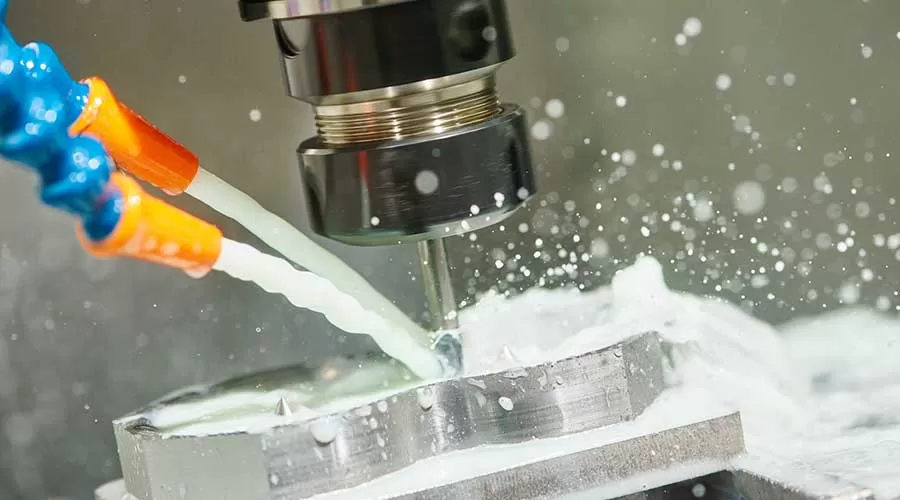CNC milling is a versatile manufacturing process that uses computer-controlled machines to remove material from a workpiece. The process involves cutting, drilling, and shaping the workpiece to create a final product with high precision and accuracy. There are several different types of CNC milling machining operations, each with its own unique set of advantages and applications. In this article, we will explore some of the different types of CNC milling machining operations and their benefits.
Face Milling
Face milling is a CNC milling machining operation that involves removing material from the face of a workpiece using a cutting tool with a flat surface. This operation is ideal for creating flat surfaces, cutting slots, and finishing large areas with high precision and accuracy. Face milling is commonly used in the automotive and aerospace industries to create engine blocks, cylinder heads, and other complex components.

Peripheral Milling
Peripheral milling is a CNC milling machining operation that involves removing material from the periphery of a workpiece using a cutting tool with a circular cross-section. This operation is ideal for creating round or curved shapes, cutting deep slots, and finishing the edges of a workpiece with high precision and accuracy. Peripheral milling is commonly used in the aerospace and medical device industries to create complex parts with intricate geometries.
Drilling
Drilling is a CNC milling parts machining operation that involves making holes in a workpiece using a cutting tool with a pointed end. This operation is ideal for creating holes of various sizes and shapes, including round, square, and rectangular. Drilling is commonly used in the manufacturing of printed circuit boards, engine blocks, and other components that require precise hole placement.
Tapping
Tapping is a CNC milling machining operation that involves cutting threads into a hole using a cutting tool with a pointed end. This operation is ideal for creating threaded holes in a workpiece, such as those used for screws or bolts. Tapping is commonly used in the manufacturing of automotive and aerospace components, as well as in the construction industry.
Pocketing
Pocketing is a CNC milling machining operation that involves removing material from a workpiece to create a cavity or pocket using a cutting tool with a flat bottom. This operation is ideal for creating recesses and pockets with precise depths and dimensions. Pocketing is commonly used in the manufacturing of molds, dies, and other complex components.
Contouring
Contouring is a CNC milling machining operation that involves cutting a workpiece along a specific path using a cutting tool with a specific shape. This operation is ideal for creating complex shapes and contours with high precision and accuracy. Contouring is commonly used in the aerospace and automotive industries to create components with intricate geometries.
Conclusion
CNC milling machining offers a wide range of advantages over traditional milling methods, including increased efficiency, precision, and cost-effectiveness. By understanding the different types of CNC milling machining operations and their applications, manufacturers can choose the best method for their specific needs and requirements.
If you’re interested in learning more about CNC milling machining operations or implementing CNC milling machining in your manufacturing process, be sure to consult with experts in the field to determine the best solutions for your specific needs and requirements. By staying up to date on the latest advancements in CNC milling machining technology, you can continue to improve your processes and stay ahead of the competition.


